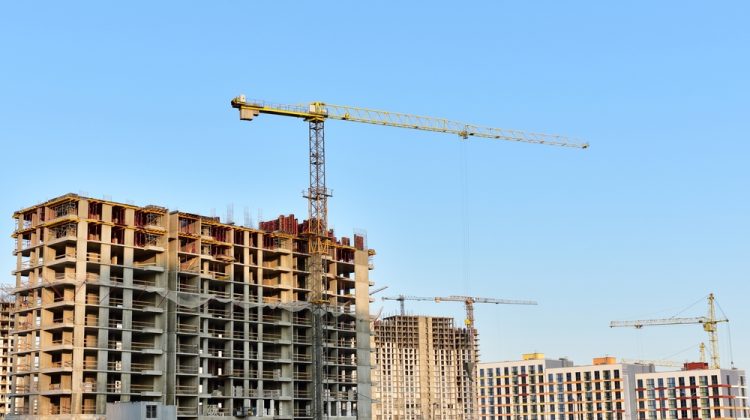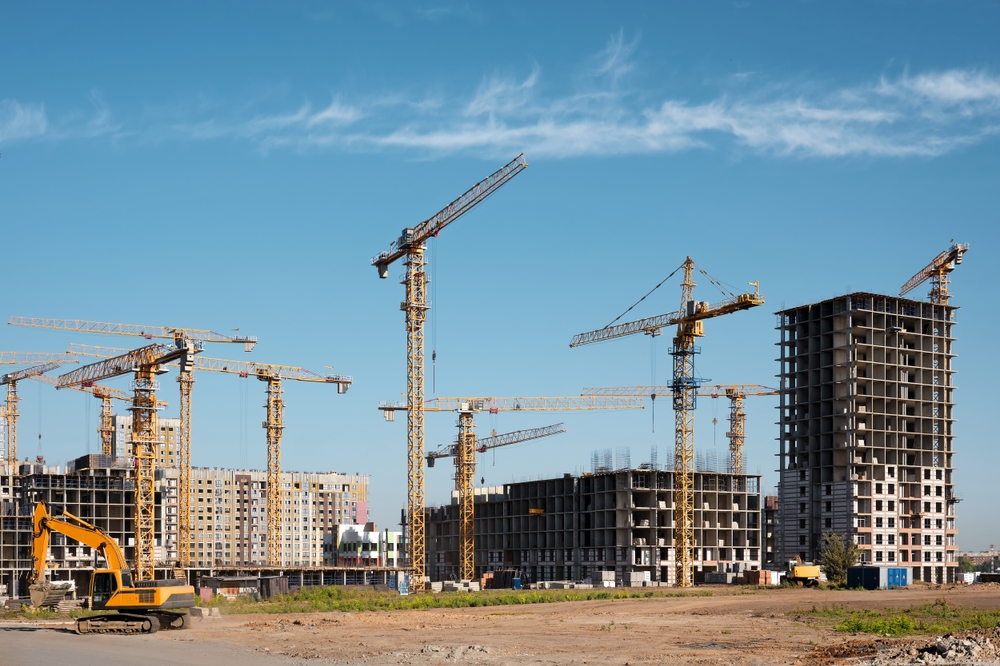
Top Sustainable Roofing Materials for Eco-Friendly Buildings
Sustainable Roofing Materials for Modern Eco-Friendly Construction
As green building practices continue to rise, the demand for sustainable roofing materials is increasing rapidly. Modern builders and architects now focus on roofs that offer durability, energy efficiency, and minimal environmental impact. Whether for homes, commercial structures, or industrial spaces, sustainable roofing help reduce carbon footprint while improving long-term performance.
Why Sustainable Roofing Materials Matter Today
Roofs are among the most significant components of a building’s energy performance. Traditional roofing options often rely on resource-intensive production methods, which contribute to pollution and heat build-up. By choosing sustainable roofing materials, builders can reduce heat absorption, lower energy costs, and promote long-term environmental conservation.
As cities become hotter due to climate change, energy-saving roofing solutions play a crucial role in improving indoor comfort while reducing reliance on air-conditioning.
Types of Sustainable Roofing Materials
1. Cool Roofing Systems
Cool roofs reflect sunlight instead of absorbing heat. These sustainable roofing keep interiors cooler, especially in warm regions like India. They reduce energy consumption and increase overall building efficiency.
2. Green Roofs (Living Roofs)
Green roofs are covered with plants, soil, and waterproof membranes. They offer exceptional insulation, reduce stormwater runoff, and create biodiversity in urban spaces. As one of the most eco-friendly sustainable roofing , green roofs also improve air quality.
3. Recycled Metal Roofing
Metal roofs made from recycled steel or aluminium are durable, lightweight, and highly energy efficient. These sustainable roofing materials last for decades and can be recycled again at the end of their lifespan, supporting circular construction practices.
4. Clay Tiles
Clay is a natural material with a long life and excellent heat resistance. Traditional clay tiles are among the most widely used sustainable roofing materials, especially in hot climates. They keep homes cool and naturally regulate temperature.
5. Solar Roof Tiles
Solar tiles combine roofing and clean energy generation. They act as sustainable roofing materials while helping buildings produce their own electricity, reducing dependence on fossil fuels.
Key Benefits of Sustainable Roofing Materials
Improved Energy Efficiency
Most sustainable roofing materials offer natural insulation or heat-reflective properties. This lowers cooling and heating needs, reducing electricity bills significantly.
Reduced Environmental Impact
Eco-friendly roofs minimise waste, require fewer resources, and reduce pollution during manufacturing. Using sustainable roofing materials supports global carbon-reduction goals.
Long Lifespan and Durability
Many sustainable materials like metal, clay, and solar tiles offer long-term performance. They withstand extreme weather conditions, lowering maintenance costs.

Enhanced Indoor Comfort
By promoting better temperature regulation, these roofing types create healthier and more comfortable living environments.
Applications of Sustainable Roofing in Modern Architecture
Residential Projects
Homes across India increasingly adopt sustainable roofing for cooler interiors and reduced energy use. Clay tiles, cool roofs, and metal sheets are particularly popular.
Commercial & Industrial Buildings
Manufacturing units, offices, and retail spaces benefit from reflective and recycled roofing materials, which reduce operational costs and enhance green certification ratings.
Urban Eco-Friendly Spaces
Green roofs are being used in urban planning to combat heat islands, reduce pollution, and increase biodiversity.
For more information on green building practices in India, you can refer to the Indian Green Building Council.
Sustainable Roofing and India’s Eco-Building Goals
India’s growing focus on sustainable construction has pushed builders to adopt energy-efficient and environmentally conscious materials. Government initiatives encouraging solar rooftops, cool roofing technologies, and rainwater management have increased the popularity of sustainable roofing.
Professionals seeking guidance, material sourcing, or expert consultation can connect through:
Final Thoughts
Sustainable roofing are an essential part of future-ready, eco-friendly construction. They reduce carbon emissions, lower energy bills, and improve building longevity. As climate challenges rise, choosing these environmentally conscious roofing options will ensure buildings remain efficient, durable, and aligned with global sustainability standards.
Read more related articles to enhance your knowledge and make informed decisions
Cost-Effective Modular Construction: Fast, and Sustainable Building Solutions
Smart Modular Buildings: Innovative, Efficient, and Sustainable Construction








